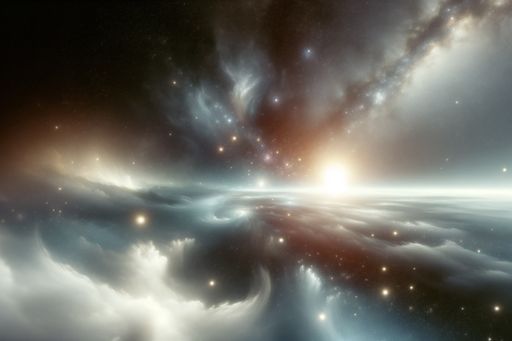Hubble Resumes Science Observations After Gyro Scare
NASA's Hubble Space Telescope is back in service after a problem with its gyroscope, and NASA is still studying reboost options for the future.

Hubble's Gyroscope Troubles
The Hubble Space Telescope recently resumed science observations after a three-week period of evaluating the performance of one of its gyroscope. The gyroscope is a crucial component of the telescope's pointing system, as it helps determine the spacecraft's turning speed and aids in aiming the telescope toward distant cosmic objects.
Over the years, the gyros on Hubble have required regular maintenance due to their moving parts. Each gyro contains a spinning wheel inside a cylinder suspended in fluid. The gyroscope's axis movements are detected by electronics, which then provide the spacecraft's central computer with information on its rotation rate. However, the wires that route signals from the gyros can degrade over time, leading to the need for replacements.
Out of the six gyros installed in 2009, three have failed, and three others are still operational. Despite being based on a newer design for longer life, one of the functioning gyros has shown signs of wear. Having three gyros is necessary for Hubble to operate normally, so when one gyro failed in 2018, the previously inactive Gyro 3 was activated.
The Gyro Scare
In August, Hubble experienced sporadic issues with Gyro 3, where it outputted rate information that did not match the observed spacecraft body rates. Although the issue was short-lived, NASA had been monitoring its performance. Unfortunately, in November, the gyro's performance worsened, providing erroneous data to Hubble's control system. This false data caused the spacecraft to drift, leading Hubble into "safe mode" multiple times throughout the month.
Hubble's automated software detected the errors and put the spacecraft into safe mode, and each time it recovered quickly. However, on November 23, Hubble went into safe mode again. Managers decided to gather more data on the gyro's health and commanded Hubble to move back and forth, which showed the gyro to be working well.
After thoroughly evaluating the gyro's performance, NASA determined that it was safe to resume scientific observations with Hubble. Ground teams will continue to monitor the situation closely and explore reboost options to ensure the telescope's continued operation.
The Importance of Hubble
Despite its age, Hubble still provides valuable scientific data for astronomers. It has been in operation for almost 34 years, during which time it has been repaired and upgraded through five shuttle servicing missions. Hubble's observations have helped further our understanding of the universe and provided stunning images of distant celestial objects. It remains a crucial tool for astronomers and scientists around the world.
NASA is actively evaluating various options for servicing Hubble. SpaceX and other private companies have proposed potential solutions, and NASA will assess these studies to determine the best course of action. The goal is to ensure the long-term viability of the telescope and to continue its important contributions to space exploration and research.



